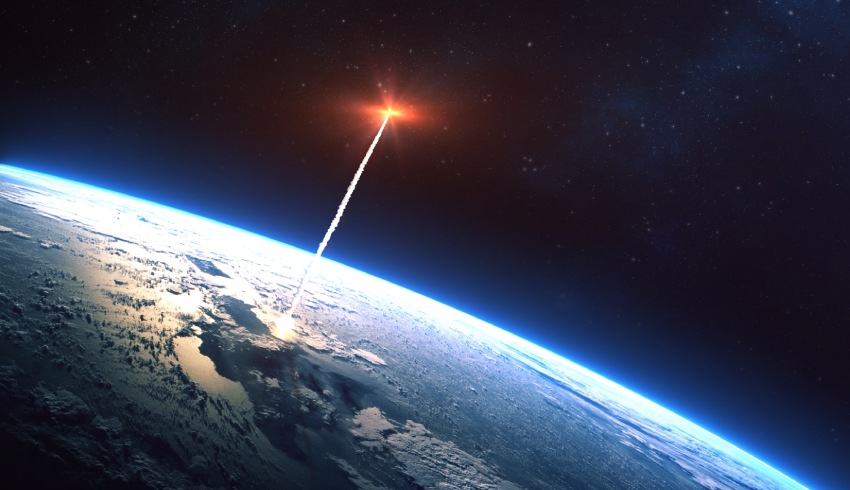In an upcoming Space Connect podcast episode with Stéphane Israël, Arianespace’s CEO, he touted that if the in-orbit logistics provider can adapt its orbital transfer vehicle (OTV) into its Vega or Ariane launcher, the company “will be very excited to do so”.
Arianespace was founded in 1980 as one of the world’s first commercial space launch companies and was responsible for blasting off the iconic James Webb Telescope into space on Christmas Day last year for NASA, the European Space Agency and the Canadian Space Agency.
Space Machines Company is set to launch its 270-kilogram OTV next April with SpaceX’s rideshare rocket as part of a deal that was inked in May. The spacecraft has the ability to taxi commercial satellites into their orbital paths around Earth and beyond, following their launch from a rocket.
CEO of Space Machines, Rajat Kulshrestha, confirmed with Space Connect that the company has ambitions to make the OTV “compatible with as many launchers as possible”.
“We have already signed an agreement with SpaceX, and we are in discussions with Arianespace to explore how we can collaborate together to provide value to satellite customers.”
On Thursday, Space Machines stated on LinkedIn that “more than ever, cooperation between space nations is essential” and the company is “delighted” to have met Arianespace at the Australasia Satellite Forum in Sydney.
Arianespace has launched eight satellites into orbit for Australia, dating back to its first for the nation in 1987 as part of an initial deal with Optus.
Last November, the French launch provider was selected again by the communications company to blast its next-generation Optus 11 into orbit.
The satellite will have the ability to reconfigure in orbit, allowing for its location, coverage, bandwidth and capacity to be changed as a customer demands, unlike traditional satellites.
The new satellite will be the replacement of Optus’ D1, a satellite that has been serving Australia and New Zealand since 2006.
The D1 also provides New Zealand with its direct broadcasting services for subscription and free-to-air television, known as the nation’s “hotbird” satellite.
Its replacement is slated for 2023 and will see Optus 11 blasted off into orbit onboard the company’s Ariane 6 spacecraft at Arianespace’s French Guiana launchpad in South America.
Israël added that Arianespace would be “very happy” to partner with more Australian start-up companies, like Space Machines.
“When you take the open market from the year 2000, we have had 100 per cent market share [in Australia],” Israel said. “It will be very difficult to do better, but this is our track record up to now, and we have been 100 per cent successful.”

Isabella Richards
Bella Richards is a journalist who has written for several local newspapers, her university newspaper and a tech magazine, and completed her Bachelor of Communications (Journalism) at the University of Technology Sydney in 2020. She joined Momentum Media in 2021, and has since written breaking news stories across Space Connect, Australian Aviation and World of Aviation.
You can email Bella on: [email protected]

